Archives
- 2018-07
- 2018-10
- 2018-11
- 2019-04
- 2019-05
- 2019-06
- 2019-07
- 2019-08
- 2019-09
- 2019-10
- 2019-11
- 2019-12
- 2020-01
- 2020-02
- 2020-03
- 2020-04
- 2020-05
- 2020-06
- 2020-07
- 2020-08
- 2020-09
- 2020-10
- 2020-11
- 2020-12
- 2021-01
- 2021-02
- 2021-03
- 2021-04
- 2021-05
- 2021-06
- 2021-07
- 2021-08
- 2021-09
- 2021-10
- 2021-11
- 2021-12
- 2022-01
- 2022-02
- 2022-03
- 2022-04
- 2022-05
- 2022-06
- 2022-07
- 2022-08
- 2022-09
- 2022-10
- 2022-11
- 2022-12
- 2023-01
- 2023-02
- 2023-03
- 2023-04
- 2023-05
- 2023-06
- 2023-08
- 2023-09
- 2023-10
- 2023-11
- 2023-12
- 2024-01
- 2024-02
- 2024-03
- 2024-04
- 2024-05
- 2024-06
- 2024-07
- 2024-08
- 2024-09
- 2024-10
- 2024-11
- 2024-12
- 2025-01
- 2025-02
- 2025-03
- 2025-04
-
The AMP Activated Protein Kinase AMPK has evolved
2024-06-18
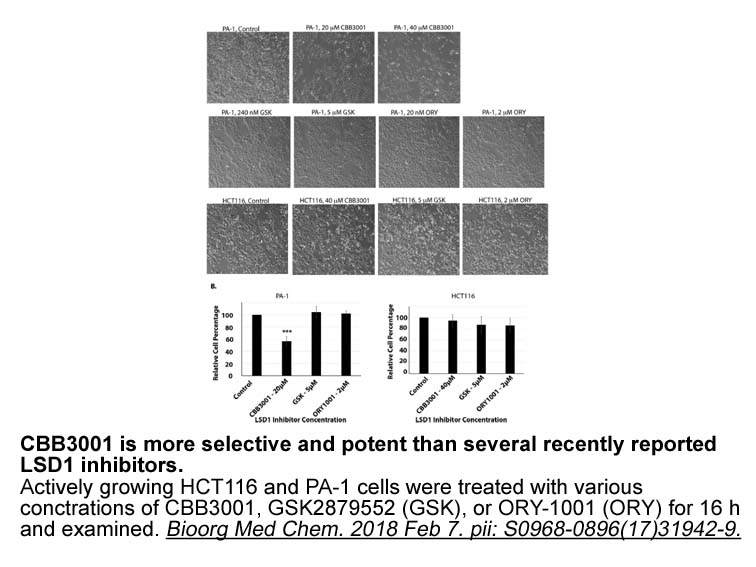
The 5′AMP-Activated Protein Kinase (AMPK) has evolved as an important cellular sensor of reduced energy status that can subsequently phosphorylate its target proteins, slowing the rates of key biosynthetic processes and promoting energy producing pathways; for these reasons AMPK has been proposed as
-
Cell surface metalloproteases coordinate signaling
2024-06-18
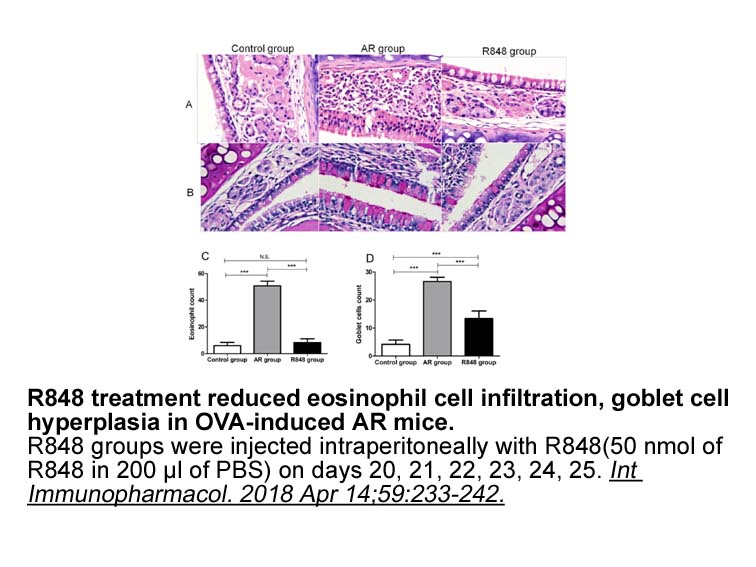
Cell surface metalloproteases coordinate signaling during development, tissue homeostasis, and disease. A disintegrin and metalloprotease 17 (ADAM17) is a well-characterized member among ADAM family, which mediates the cleavage of various cell surface proteins (Black, 2002, Black et al., 1997, Dello
-
Alectinib is a second generation ALK antagonist that is
2024-06-18
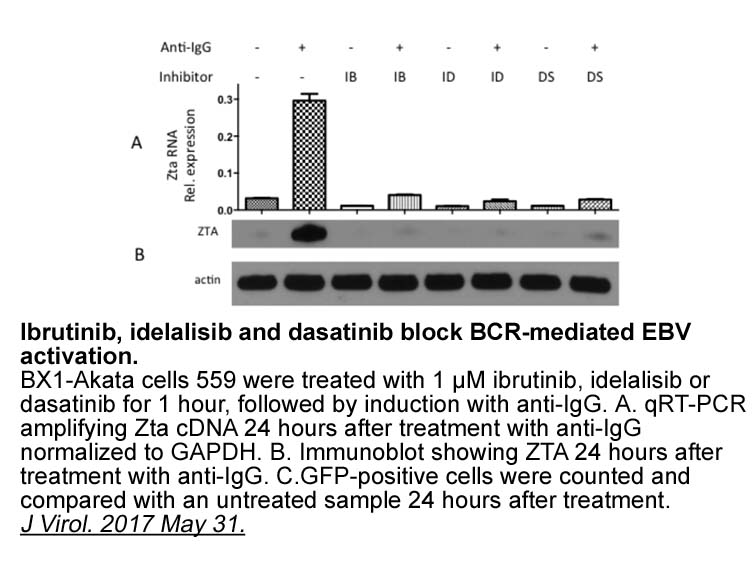
Alectinib is a second generation ALK antagonist that is built upon a 9-ethyl-6, 6-dimethyl-11-oxo benzo[b]carbazole scaffold (Fig. 5C) [58]. This drug is effective against the ALK L1196M gatekeeper mutation along with C1156Y and F1174L mutations [7]. The 11-oxo group of the drug forms a RK-33 with
-
While the mechanisms by which ALDH regulates cardiac respons
2024-06-18
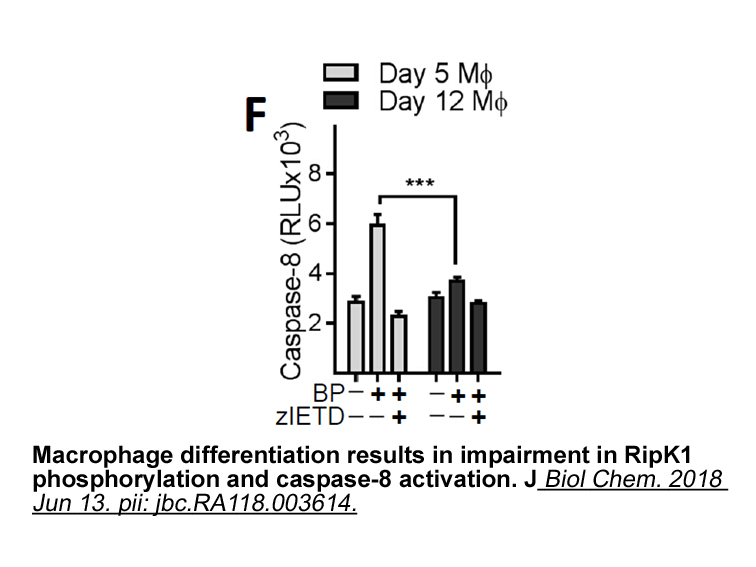
While the mechanisms by which ALDH2 regulates cardiac responses to pathological stress remain unclear, the capillary rarefaction found in pressure-overloaded ALDH2 Tg hearts provides potential clues. Loss of capillary density and diminished endothelial function occur in pathological hypertrophy [46]
-
br Discussion AhR is a receptor that binds to a
2024-06-18

Discussion AhR is a receptor that binds to a great variety of lipophilic compounds, in particular those containing at least one aromatic ring (Abel and Haarmann-Stemmann, 2010, Guyot et al., 2013, Hahn, 2002). The main known function of this receptor is to induce the metabolism of these compounds
-
B lymphocytes are found in blood lymph nodes spleen
2024-06-17

B lymphocytes are found in blood, lymph nodes, spleen and tonsil and other mucosal tissues [110]. These cells originate in the bone marrow from a common progenitor shared with T, NK, and some DC subsets [111]. Progenitor Otamixaban mg progress through the early stages of maturation, rearranging heav
-
Octyl-α-ketoglutarate br Results br Discussion The actin cyt
2024-06-17
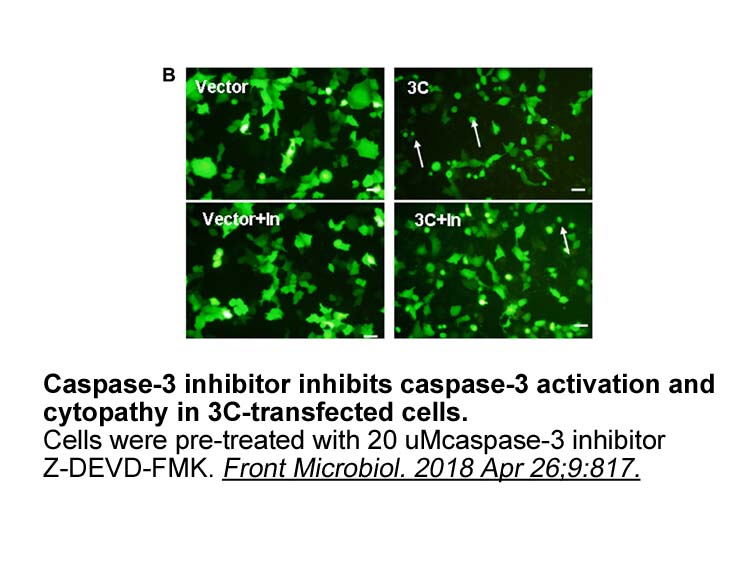
Results Discussion The Octyl-α-ketoglutarate cytoskeleton is a highly attractive target for many bacterial toxins, owing to its role in activation and locomotion of immune cells, secretion of humoral response factors, and maintenance of protective barriers at the cellular (sub-membrane cytosk
-
The cytoplasmic domain of muscle AChR
2024-06-17
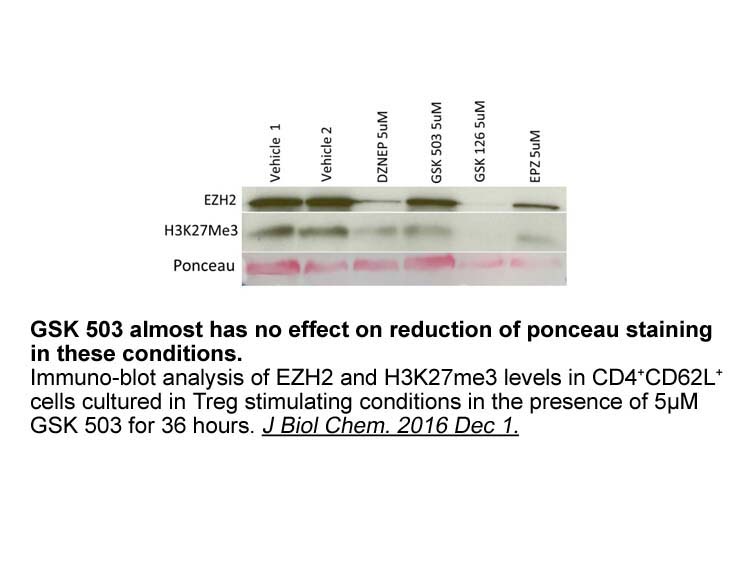
The cytoplasmic domain of muscle AChR is not accessible to 193 2 in vivo. Theoretically, therapy with the cytoplasmic domains should be safe. Safety is demonstrated by the facts that: (1) rats repeatedly immunized with the cytoplasmic domains in TiterMax adjuvant do not develop EAMG, although they
-
For some fishstocks landed by FMA ACE fishers the
2024-06-17

For some fishstocks landed by FMA3 ACE fishers, the designated Quota Management Area (QMA) extends beyond the geographic demarcations of FMA3.Fig. 1 shows the ten FMAs, highlighting the study area FMA3. Gurnard 3 QMA is included as an example of a QMA that sphingosine kinase extends across more tha
-
A promising target that is involved in
2024-06-17
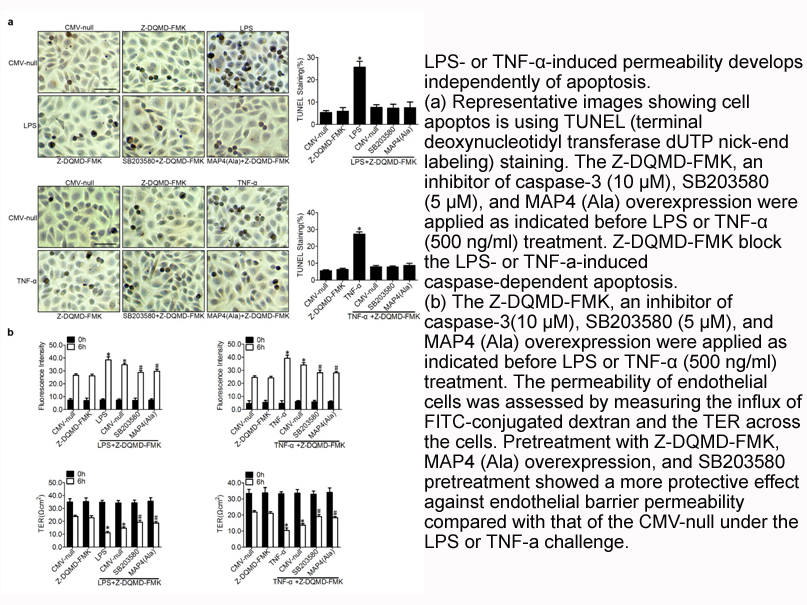
A promising target that is involved in the biosynthesis of the precursor LTA4 is the 5-LO-activating protein (FLAP), which in vivo is seemingly indispensable for LT formation [8], [9]. FLAP, a member of the MAPEG family (membrane-associated proteins in eicosanoid and glutathione metabolism), is an i
-
The H N mutation in exon has not previously been
2024-06-17
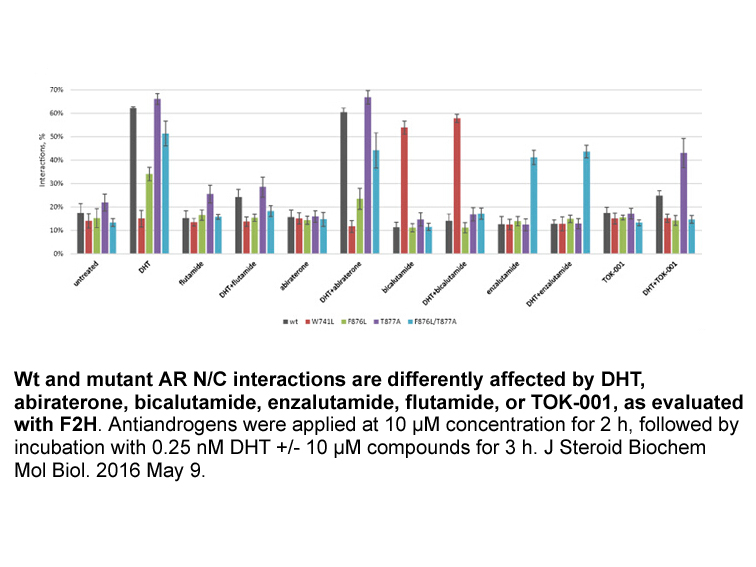
The H373N mutation in exon 6 has not previously been reported [3], [4], [5], [6]; thus, this mutation appears to be a novel mutation. The functional expression study demonstrated that the H373N mutation results in almost complete loss of enzymatic activity. Thus, it is highly likely that the H373N m
-
br Results br Discussion The A nidulans Aurora
2024-06-17
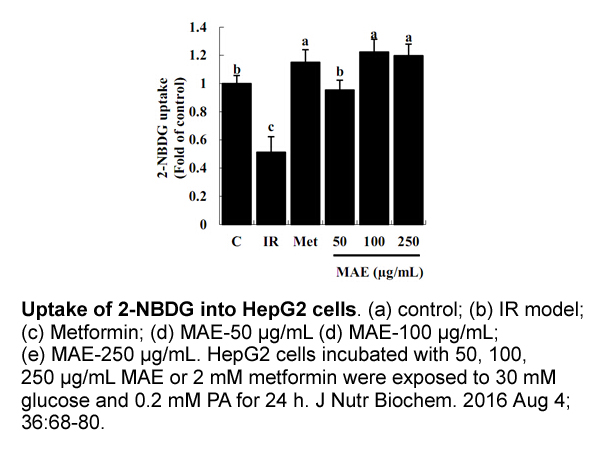
Results Discussion The A. nidulans Aurora kinase displays diverse locations during mitosis and we show here that it also locates to hyphal regions where septa subsequently form, to the septal pore region of newly formed septa and displays a YO-01027 specific location to mature septa. To inves
-
enzyme substrate br Structure of V ATPase V ATPase is
2024-06-17
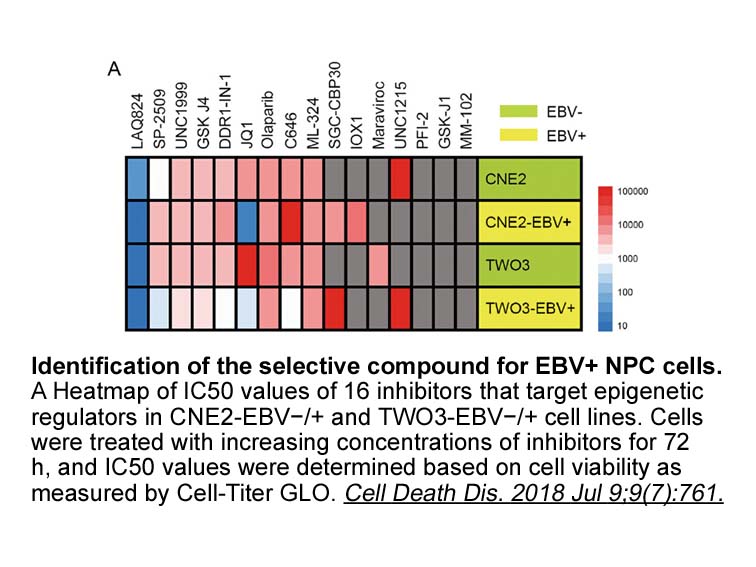
Structure of V-ATPase V-ATPase is a highly conserved multi-subunit enzyme that uses energy from ATP hydrolysis to transport protons across membranes [2], [3], [4]. It consists of two major functional domains, V1 and V0 (Fig. 1). The former has eight different subunits (A, B, C, D, E, F, G, and H)
-
Why do glutamate and glycine bind to the receptor
2024-06-17
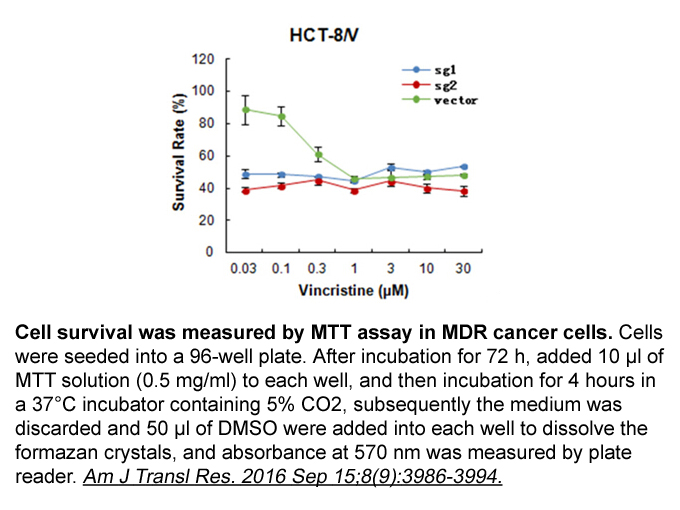
Why do glutamate and glycine bind to the Sodium Phenylbutyrate in such different ways? Given the overall structural similarity between the GluN2A and GluN1 LBDs, one might conclude that the LBDs also bind ligands via similar processes. NMDA receptors with engineered disulfide linkages that lock the
-
br Regulatory mechanisms of ASK activity br The functions of
2024-06-17
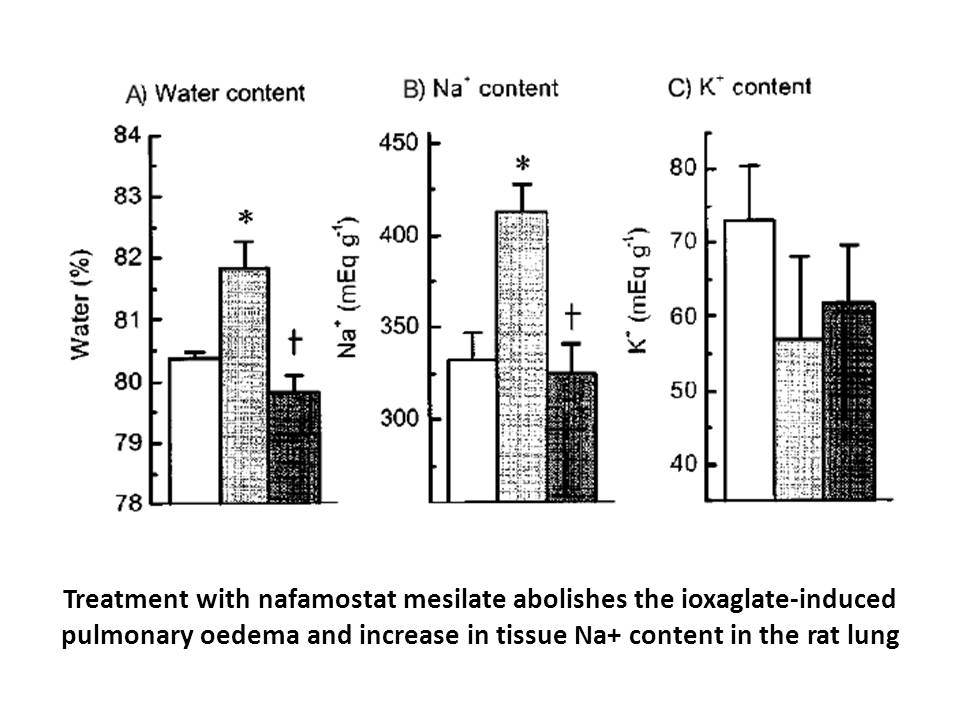
Regulatory mechanisms of ASK1 activity The functions of ASK1 in disease ASK1 inhibitor As mentioned above, ASK1 plays a pivotal role in the pathogenesis of various diseases; hence, an ASK1 inhibitor has therapeutic potential. Although inhibitors of the ASK1 downstream kinases p38 and JNK ar
15883 records 131/1059 page Previous Next First page 上5页 131132133134135 下5页 Last page